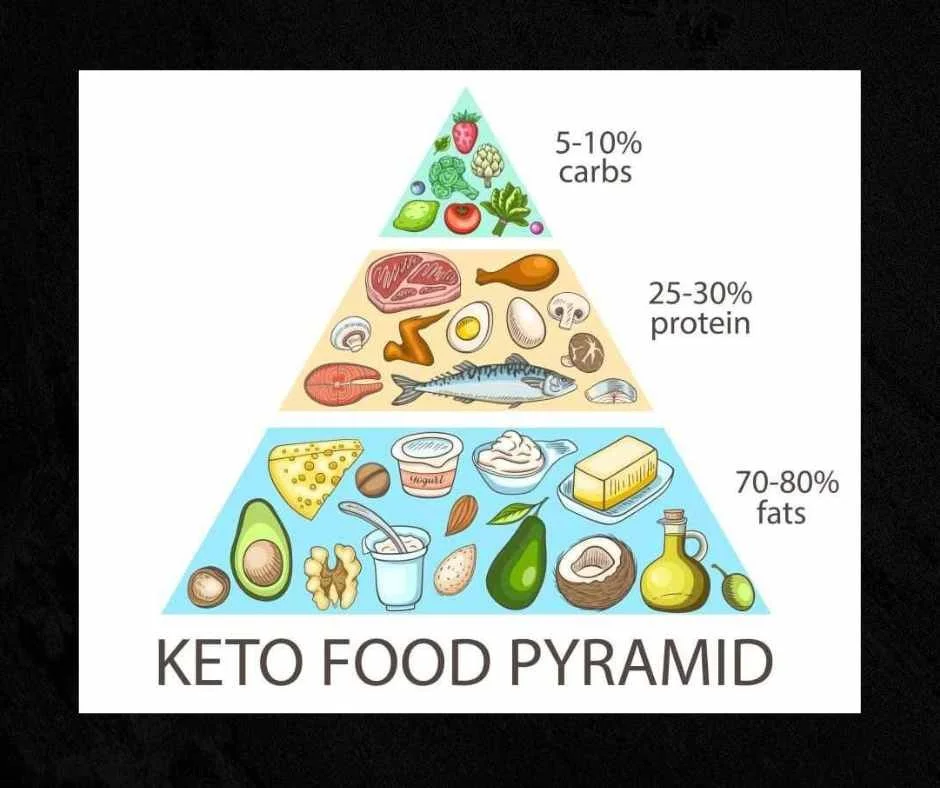Rediscovering Brown Rice
Rice is a staple food for more than one and a half billion people. For many, a meal would not be complete without rice. There are over 120,000 known varieties of rice. Though white rice is the most common and preferred, there is a lot to be said about brown rice. This healthy grain has been available it seems since day one, it really became popular during 1960s and 1970s when organic and more health conscious diet started to take root.
I was always told that brown rice is better for you because of the vitamins in the hull. I tried this wholesome healthy grain in my early 20s (around late 70s, early 80s). I did not like the texture or the taste, I found, for me, it was an acquired taste (like whole wheat bread).
But now, brown rice is making a come back. Japan, a huge consumer of white rice, is creating some exciting recipes using brown rice. Since writing about dishes served over rice, and learning about its come back, I decided to re-explore this healthy grain.
My first positive experience with brown rice was at a high end Chinese restaurant that offered brown or white rice. I saw a bowl go by on a tray and thought it was fried rice. Our waiter told us it was brown rice. He told me that their version is actually very good and recommended it. Feeling adventurous, I thought I would try it again. I found the texture wonderful! It was nothing like my early experience. It started me wondering if it may be time to re-explore this not so new grain and the wonderful recipes that uses it.
Brown rice is really just unhulled rice that contains the bran. This retains more of the vitamins and fiber. This gives a more nutty and chewy texture. Just like white rice, brown rice has several varieties. There are over 40 different varieties including short grain, medium and long grain. There are also different levels of stickiness as well. It has a higher nutritional value over white rice. It is full of fiber, oils, minerals and antioxidants compared to white rice. Because of the outer hull, cooking process takes longer than white rice (approximately 45-60 minutes).
There has been a lot of research into growing brown rice. There are several organic farms in California that specializes in growing this wonderful grain. These are small farms in contrast to the white rice farms. Brown rice takes longer to grow and harvest. In the past, growers were not allowing for this difference, hence, the experience we had during the first introduction. Brown rice farmers are allowing their rice to mature longer. Giving the grains a chance to acquire its more subtle and rich taste and texture. Changes in the removing or husking the inedible hulls help retain the fibrous bran layers that surround the grain. Because of the new cultivation and gently milled process, this produces a better tasting grain. Japan has also explored and created new milling techniques and cooking process to provide a better tasting grain.
The cooking process makes a huge difference in the texture and taste. In Japan, several restaurants are creating new cooking techniques and revamping recipes to accommodate brown rice’s texture and flavor. Cooking this grain well can be tricky. The goal is to soften the texture of each grain or rice. This makes the cooking process longer. But, you have to be careful that it does not come out mushy. Most packaged brown rice does not provide the best cooking method. The most recommended method is boiling the rice and then allowing it to simmer until all liquid is absorbed (approximately 40 minutes). This does not provide the best texture or taste. The best cooking method is a combination of boiling and steaming. Below is the perfect brown rice.
1 cup brown rice (short, medium or long grain) Kosher salt to taste 12 cups water
Rinse rice 3-4 times with cold water and allow to drain through a strainer. Bring the 12 cups of water to a boil in a large pot with a tight lid. Add the rice and continue to boil uncovered for 30 minutes. Pour the rice into a strainer over the sink. Allow to drain for approximately 10 seconds. Return the rice to the pot with the heat turned off. Cover the pot with the lid and allow it to steam for approximately 10 minutes. Fluff rice with a fork and season with salt if desired.
With its come back, it is no longer a substitute for white rice. With the new hulling and milling techniques and cooking process, this grain stands on its own. Calling for its own recipes that show cases its wonderful texture and flavor. Brown rice is not a side dish that just takes on the flavor of foods as white rice does. It is the star of its own recipes and plays a very distinct role. Good brown rice holds it own against bolder, meatier flavors. It holds up well in soups, hearty stews and aromatic braises. It can be fried in butter or oil as a delicious fritter.
I think about the brown rice I had back in the early days and compare it to today’s new and improved version. There is just no comparison. I am inspired to create dishes using this wonderful grain and exploring new flavors and textures. When I do, I shall post them to my blog and share my experience with you. I invite you to join me in rediscovering this wonderful grain called “brown rice”.





